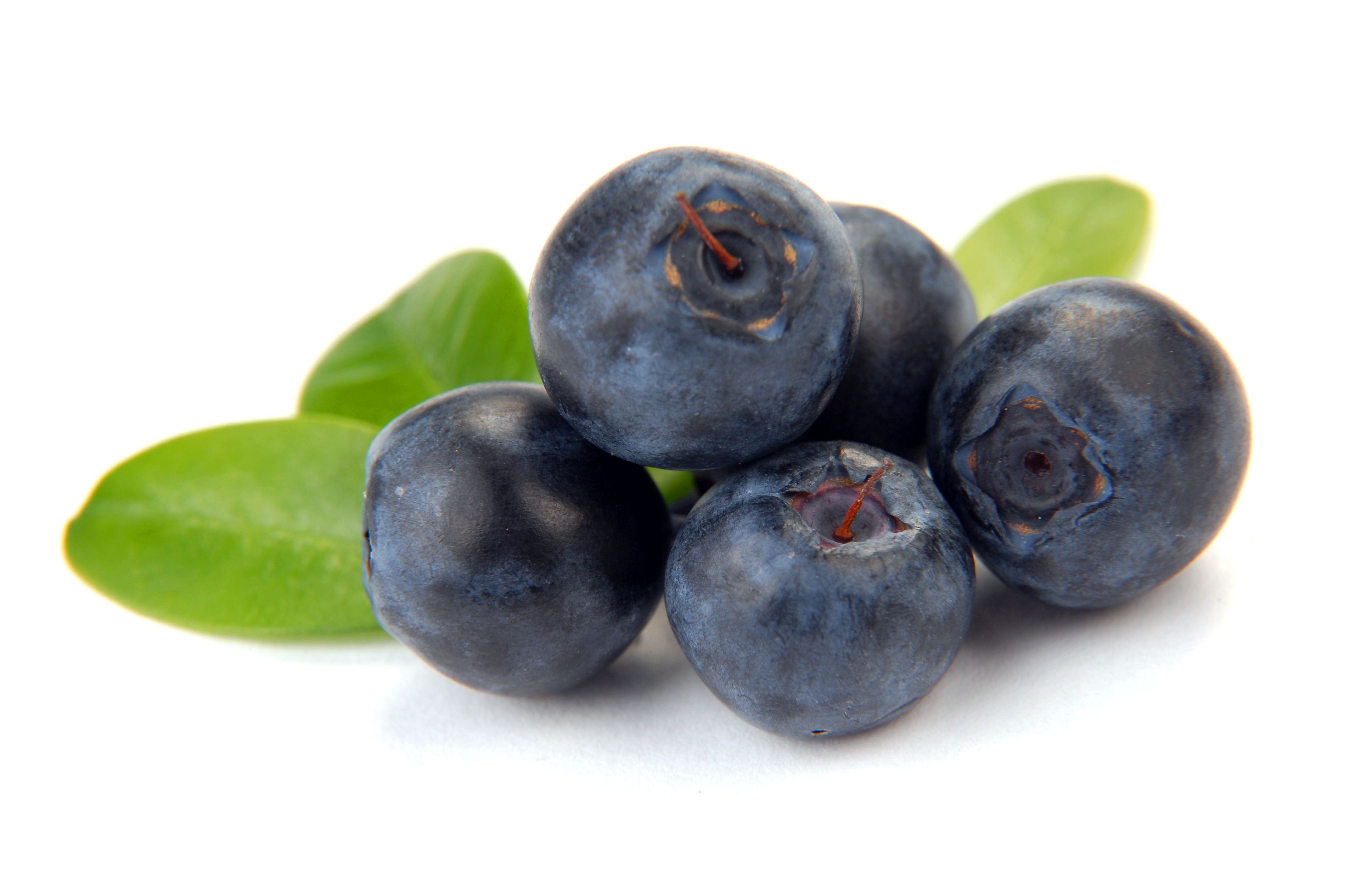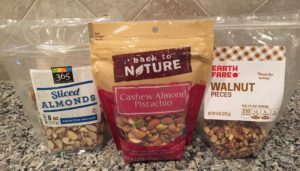 Healthy eating starts with a healthy pantry!
Healthy eating starts with a healthy pantry!
You’ve just discovered a healthy recipe online, but you don’t have half of the ingredients in your pantry… Or you’ve got the munchies so you wander over to the pantry for a snack, what will you grab first?
It is SO important to surround yourself with food that will taste good, satisfy your cravings, and is easy to prepare!
I will walk you through 10 grocery items that you always want to keep in stock in order to keep your healthy eating on track! I will discuss some options, how to use them, and most importantly, what to look for on the label.
1. Nuts
Why it’s important: nuts are a fantastic snack that provide “good fats,” fiber, and minerals to keep you satisfied & energized.
What to avoid: hydrogenated oils, added oils
2. Whole Grains (Brown rice, Quinoa, Millet, Buckwheat, Barley)
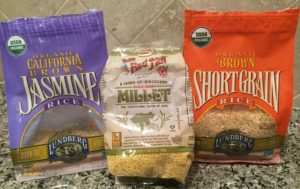
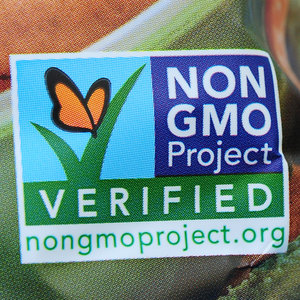
Why it’s important: Whole grains are an excellent source of nutrition, containing essential enzymes, iron, dietary fiber, vitamin E, and B-complex vitamins. Because the body absorbs grains slowly, they provide sustained and high-quality energy. Also, grains have a pretty long shelf life so when you’re short on food, grab a grain to cook for dinner!
What to look for:
- Non-GMO label – rice is among the most common Genetically-Modified crops in the US. Be sure the rice you buy is always “Non-GMO verified.” Organic is a bonus if it is available and affordable, but Non-GMO is a must.
3. Beans (canned AND dried)
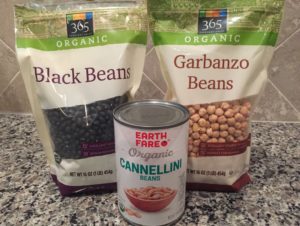
Why it’s important: beans are extremely versatile and pack a punch of plant-based protein! You can whip up a hummus (with or without a blender), add them to a salad, throw them in the crock pot, or make hearty bean burgers. The possibilities are endless!
What to avoid: in canned beans, avoid Calcium chloride, Disodium EDTA; these are both preservatives which inhibit digestion and nutrient absorption
4. Canned fish

Why it’s important: canned fish are a great staple to have on hand – toss them on a salad to create a complete meal!
What to look for: for all fish, be sure they are sustainably caught
- Tuna: solid white (not chunk light), low-sodium if possible
- Sardines are truly a nutritional powerhouse! They have tons of Omega 3’s, highly-absorbable calcium, iron, and potassium, and 23 grams of protein, all in only about 200 calories.
- Salmon: Alaskan caught, if possible; Omega 3’s, please!
5. Oils & Vinegars

Why it’s important: Cooking with oils enables absorption of fat-soluble vitamins (A, D, E, K), while adding flavor to all of your dishes! You can also whip up a vibrantly fresh salad dressing with oil & vinegar! See my earlier blog post on Choosing the Most Nutritious Salad Dressing!
What to look for:
- High heat: coconut oil and sesame oil can withstand higher cooking temperatures. Unrefined coconut oil has a strong coconut flavor, while refined coconut oil has a completely neutral flavor. Choose accordingly.
- Low/Medium heat: extra virgin olive oil has a lower heat level; use cold-pressed oils for only cold dishes (dressings, hummus, dipping for bread, garnishes), use other virgin olive oils for medium heat dishes (sauté)
- Buy organic when possible
- Store in a dark, dry, cool place. Do NOT display next to your stove, where the humidity, light, and heat will damage the delicate nutrients!
6. Quality Salt & Pepper

Why it’s important: many of my recipes call for freshly ground pepper, simply because you can taste the freshness! Also, the quality of your salt makes a huge difference in terms of flavor and nutrition.
What to look for: use unrefined sea salt or Himalayan Pink salt when possible!
7. Chips and “dippers”
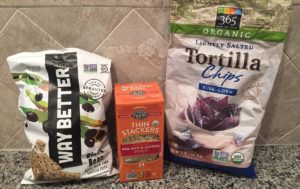
Why it’s important: You have a bowl of fresh hummus or homemade guacamole!! Complement those healthy treats with a healthy dipper that will taste great, while complementing the health benefits of the dip!
What too look for:
- NON-GMO corn or rice products
What to avoid:
- Hydrogenated oils, preservatives
8. Unprocessed Snacks
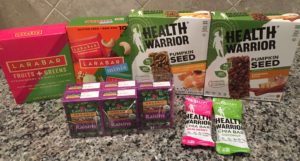
What to look for: whole food items (whole nuts, whole seeds, whole fruits)
What to avoid: added sugar (corn syrup, high fructose corn syrup, corn syrup solids), gums (guar gum, xanthan gum, soy lethecin, gum arabic, maltodextrin, monoglycerides), preservatives (BHT, TBHQ). If you don’t know what it is, don’t buy it!
9. Oats (instant OR old-fashioned)
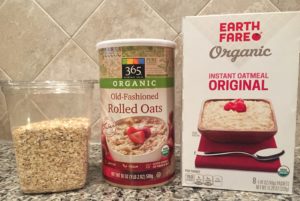
Why it’s important: oatmeal makes a quick, healthy, whole-grain breakfast! Experiment with your own unprocessed toppings: blueberries, raisins, walnuts, almonds, honey, flaxseed meal! YUM! It tastes SO much better than “added flavors“!!!! It is much more satisfying and will keep you fueled longer, with added fiber and no sugar crash.
What to avoid: Skip the pre-packaged varieties!!!! Look below – processed sugar, added flavors, gums, preservatives, and colors. Read the ingredients!! Even Quaker “Original” has added ingredients!!

10. Parchment paper

Any brand of parchment paper is fine, it will be a huge life-saver when roasting veggies, making fish packets in the oven, baking homemade granola, and much more!
